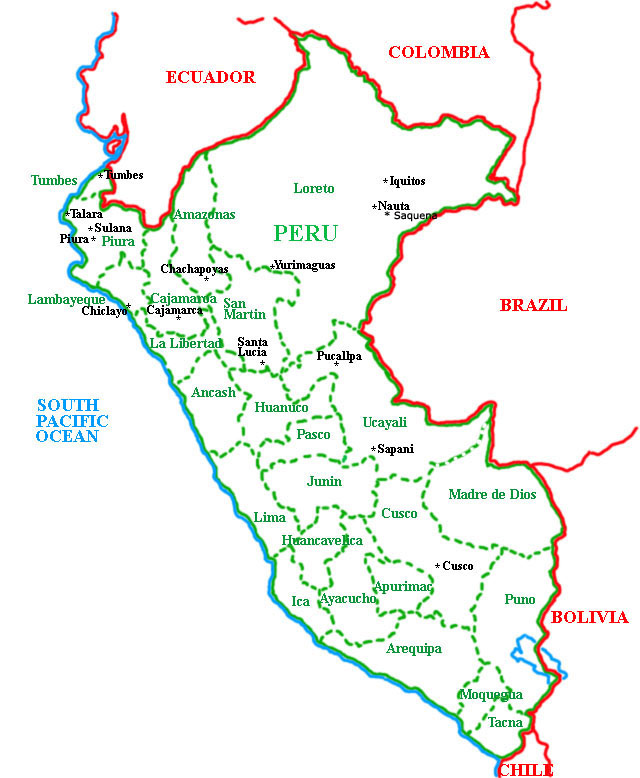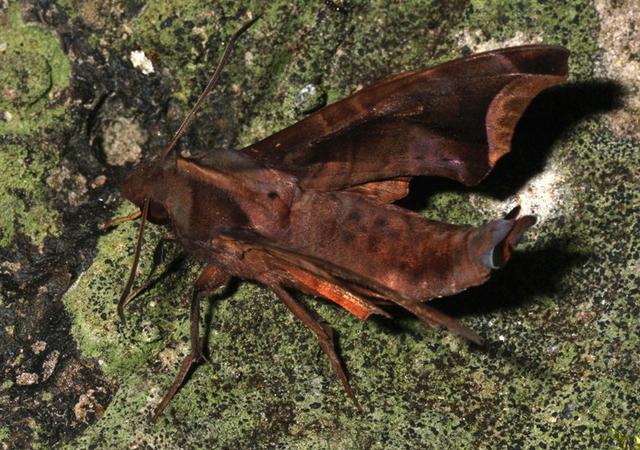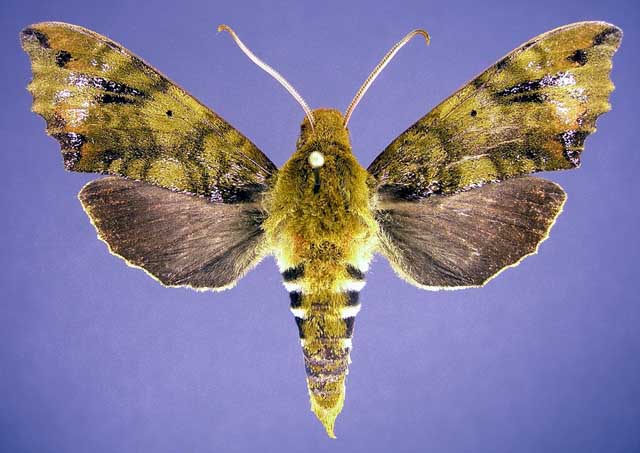Dilophonotini:
Aleuron, Enyo, Pachygonidia, Protaleuron, Unzela
Thumbnails: Peru
 |
 |
I have arranged the images in accordance with my perception of wing characters: predominent markings, shape, colour, size.
There are probaby some Peruvian species not dlisted below, and there are some species not officially confirmed for Peru, although I think they have a good chance of being found there.
Females often have a wing shape or pattern that differs from the males. I hope some day to also have a thumbnail checklist for the females.

Enyo bathus male, Shima, Junin, Peru,
June 15, 2010, 700m, courtesy of Peter Bruce-Jones.
Aleuron
|
Enyo
|
Pachygonidia
|
++++++++

Protaleuron rhodogaster, Paradise Lodge, Cosnipata Valley, Cuzco Department, Peru,
63mm, nectaring at 5:45am, courtesy of Jim Vargo.
Unzela
|
+++++++
This page is brought to you by Bill Oehlke and the WLSS. Pages are on space rented from Bizland. If you would like to become a "Patron of the Sphingidae Site", contact Bill.
Please send sightings/images to Bill. I will do my best to respond to requests for identification help.
 Show appreciation for this site by clicking on flashing butterfly to the left. The link will take you to a page with links to many insect sites. |